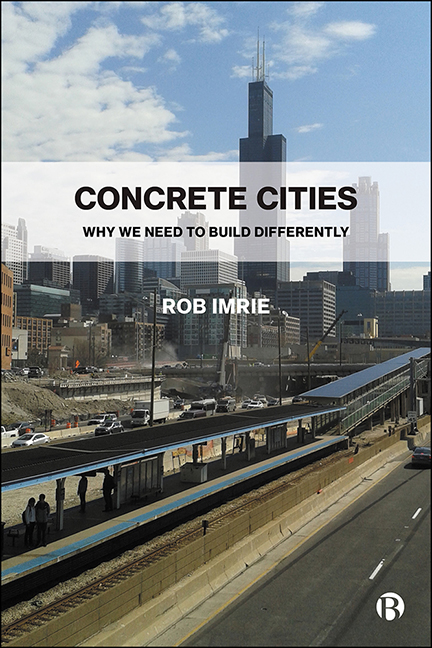Book contents
- Frontmatter
- Contents
- List of Figures
- About the Author
- Preface
- 1 Introduction: The Omnipresent Nature of Building
- 2 The Significance of Building and Construction
- 3 Building and the Construction State
- 4 Speculation and Building Booms
- 5 Disruption, Displacement and Dispossession
- 6 Demolition: Wasting the City and Teardown Building
- 7 Why Building More Housing Will Not Work
- 8 Building That Matters to People
- 9 Constructing for Species Survival
- 10 Building and Construction That Cares
- Notes
- References
- Index
5 - Disruption, Displacement and Dispossession
Published online by Cambridge University Press: 30 April 2022
- Frontmatter
- Contents
- List of Figures
- About the Author
- Preface
- 1 Introduction: The Omnipresent Nature of Building
- 2 The Significance of Building and Construction
- 3 Building and the Construction State
- 4 Speculation and Building Booms
- 5 Disruption, Displacement and Dispossession
- 6 Demolition: Wasting the City and Teardown Building
- 7 Why Building More Housing Will Not Work
- 8 Building That Matters to People
- 9 Constructing for Species Survival
- 10 Building and Construction That Cares
- Notes
- References
- Index
Summary
Introduction
Construction is a positive action insofar that it involves the creation of objects, or the crafting of materials to produce an artefact that has value, whether that is a dwelling to enable people to live well, or a road or rail system to facilitate people's ease of mobility and movement. There is, though, a paradox at the heart of all building activity, in that for all that is crafted and created by construction, the process, necessarily, involves disruption to people, places and ecologies. This can range from the excavation and movement of earth to create groundworks for new building, in which local ecologies may be damaged or destroyed, to government officials serving compulsory purchase orders, requiring people to leave where they live to make way for comprehensive rebuilding programmes. In both instances, the building process can be conceived as inherently disruptive and implicated in transforming the nature of habitation and the environment.
One of the more unusual instances of localised disruption to social life is the fad for subterranean excavation to construct residential basements (Baldwin et al, 2019). Baldwin et al (2019) note that between 2008 and 2017, planning applications for the construction of 4,650 basements were granted permission in the seven most affluent boroughs in London. While the majority were one storey, or 3 m, in depth and occupied the footprint of the house, 112 were classified as mega-basements or three storeys in height (Baldwin et al, 2019: 8). Their construction has had problematical effects, with Railton (2016: 1) describing ‘leaking gas pipes, malfunctioning sump pumps and collapsing facades’, while Bloomfield (2018: 1) refers to the insensitivity of builders ‘dumping building materials across pavements, unsafe sites, or carrying out noisy work outside regular working hours’.
While these localised effects of building are significant, they come nowhere near the scale of disruption related to major infrastructure projects, such as dams and road and rail networks, nor do they involve shifts of population, or people's loss of home and habitat. It is estimated that over 80 million people globally have been displaced by dam construction over the course of the 20th century (World Commission on Dams, 2000). The construction of transport networks is also implicated in people losing their homes.
- Type
- Chapter
- Information
- Concrete CitiesWhy We Need to Build Differently, pp. 86 - 109Publisher: Bristol University PressPrint publication year: 2021



